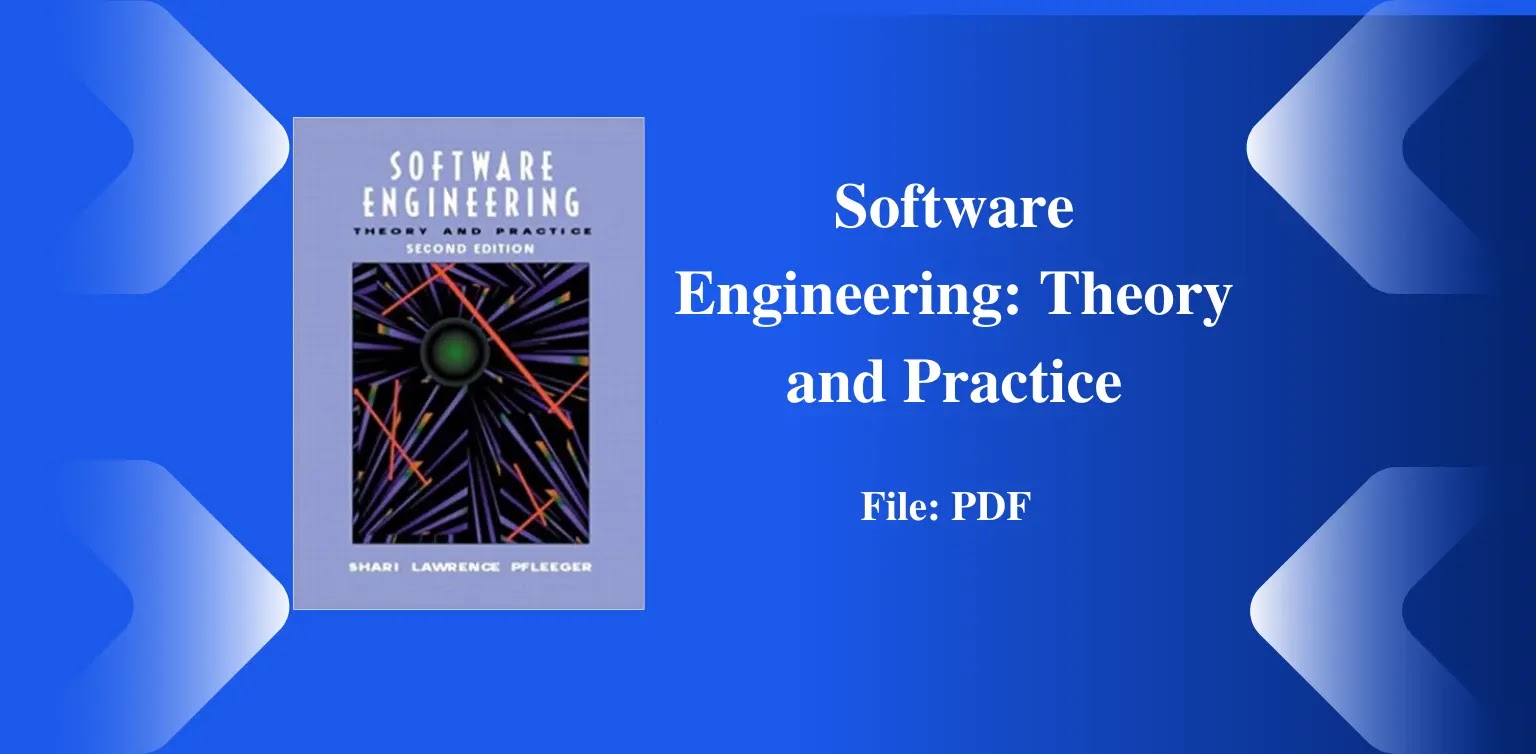Classical Software Engineering: Theory and Practice
(Pearson Education) A textbook blending concepts and practical applications in state-of-the art software engineering methods. Provides a wealth of examples, and two consistently integrated case studies throughout, applying each concept at a macro level for development teams, and a micro level for individual developers. Previous edition: 1998. DLC: Software engineering.Software engineering has come a long way since 1968, when the term was first used at a NATO conference. And software itself has entered our lives in ways that few had anticipated, even a decade ago. So a firm grounding in software engineering theory and practice is essential for understanding how to build good software and for evaluating the risks and opportunities that software presents in our everyday lives. This text represents the blending of the two current software engineering worlds: that of the practitioner, whose main focus is to build high-quality products that perform useful functions, and that the researcher, who strives to find ways to improve the quality of products and the productivity of those who build them.
Designed for an undergraduate software engineering curriculum, this book paints a pragmatic picture of software engineering research and practices. Examples speak to a student's limited experience but illustrate clearly how large software development projects progress from need to idea to reality.
The book is also suitable for a graduate course offering an introduction to software engineering concepts and practices, or for practitioners wishing to expand their knowledge of the subject. It includes examples that represent the many situations readers are likely to experience: large projects and small, object-oriented and procedural, real-time and transaction processing, development and maintenance. In particular, Chapters 12, 13, and 14 present thought-provoking material designed to interest graduate students in current research topics. KEY FEATURES
This text has many key features that distinguish it from other books.
Unlike other software engineering books that consider measurement a separate issue, this book blends measurement with software engineering. Measurement issues are considered as an integral part of software engineering strategy, rather than as a separate discipline. This approach shows students how to involve quantitative assessment and improvement in their daily activities. They can evaluate their progress on an individual, team, and project basis. Similarly, concepts such as reuse, risk management, and quality engineering are embedded in the software engineering activities that are affected by them, instead of treating them as separate issues. Each chapter applies its concepts to two common examples: one that represents a typical information system, and another that represents a real-time system. Both examples are based on actual projects. The information system example describes the software needed to determine the price of advertising time for a large British television company. The real-time system is the control software for the Ariane-5 rocket; we look at the problems reported, and explore how software engineering techniques could have helped to locate and avoid some of them. Students can follow the progress of two typical projects, seeing how the various practices described in the book are merged into the technologies used to build systems. At the end of every chapter, the results are expressed in three ways: what the content of the chapter means for development teams, what it means for individual developers, and what it means for researchers. The student can easily review the highlights of each chapter and see the chapter's relevance to both research and practice. The book has an associated Web page, containing current examples from the literature, links to Web pages for relevant tool and method vendors, and a study guide for students. It is on the Web that students can find real requirements documents, designs, code, test plans, and more, so they can see real software engineering project artifacts. Students seeking additional in-depth information are pointed to reputable accessible publications and Web sites. The Web pages are updated regularly to keep the material in the textbook current and include a facility for feedback to the author and the publisher. The book is replete with case studies and examples from the literature. Many of the one-page case studies shown as sidebars in the book are expanded on the Web page. The student can see how the book's theoretical concepts are applied to real-life situations. Each chapter ends with thought-provoking questions about legal and ethical issues in software engineering. Students see software engineering in its social and political contexts. As with other sciences, software engineering decisions must be viewed in terms of the people their consequences will affect. Every chapter addresses both procedural and object-oriented development. In addition, a new chapter on object-oriented development explains the steps of an object-oriented development process. Using UML for common notation, each step is applied to a common example, from requirements specification through program design. The book has an annotated bibliography that points to many of the seminal papers in software engineering. In addition, the Web page points to annotated bibliographies and discussion groups for specialized areas, such as software reliability, fault tolerance, computer security, and more. The book has a solutions manual, available from Prentice Hall, as are PowerPoint slides with the figures, tables, and sample instructional slides. Each chapter includes a description of a term project, involving development of software for a mortgage processing system. The instructor may use this term project, or a variation of it, in class assignments. Each chapter ends with a list of key references for the concepts in the chapter, enabling students to find in-depth information about particular tools and methods discussed in the chapter. CONTENTS AND ORGANIZATION
We do not host this file(s) on our website. If this file(s) is yours, please report it to us, we will remove it within 24 hours.
Book informationValue
Pages122
Publishing companyPrentice Hall
Publishing year2001
Capacity3.14 MB
Downloads322,533
Book languageEnglish
